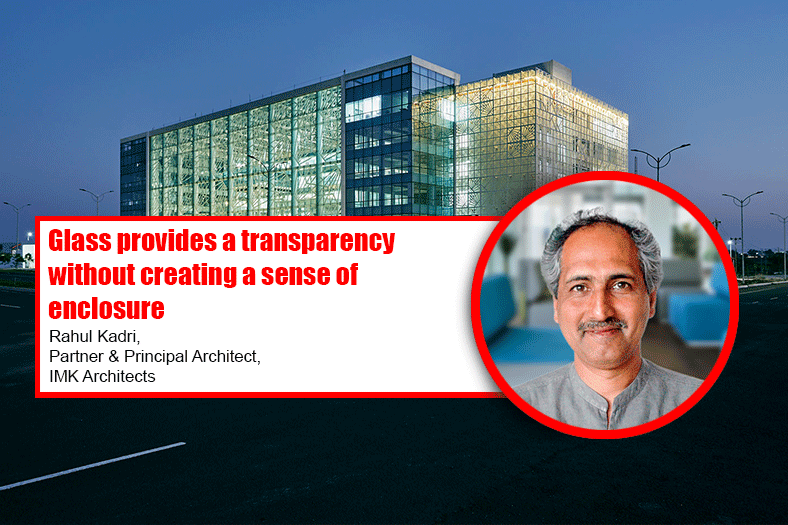Classification of profile machining centres
Classification of profile machining centres
In one of our earlier topics, we have mentioned automation and optimisation. A few readers have questioned what are the different types of CNC machines available and how can someone choose the right one. With this article, we have tried to solve most of the questions.
Axis:X – Length axis. This shows how long a bar can be processed in the machine.Y – Width axis. How wide a bar can be processed?Z – Depth axis. How deep/high a bar can be processed?A – 0 to 180° from front to backC – 0 to 180° from left to right
Some machines offer machining from below and are called bottom machining. Some machines have additional axis for clamp management where clamps can move independently while machining. This helps in faster positioning of clamps and better machining due to lesser vibrations as the clamps hold the profile exactly where machining is being done.MovementThere are mainly two type of machining centres: Type A and Type B.
Type A: The profile is stationary where the spindle moves around it to do the machining-most common for machining of aluminium bars. One can machine all around the profile. Some curtain wall profiles require notching which can be done with five-axis machines.
Type B: The tool station is stationary and the profile is pushed in. This kind of machining-very common in PVC as mostly it is for doors/windows-is required from front, top and back.
Spindle speedDepending on machine supplier, spindle speed ranges generally from 18,000 to 24,000 rpm. For aluminium processing, the faster speed brings the better result. However, tool, profile thickness and feed rate are also required for proper profile processing.
Spindle coolingAs the machining is a continuous process, the spindle may get warm and require cooling systems.
Electrical cabinet coolingElectrical cabinet houses expensive electronic components and drives which function optimally when maintained at less than 30° C. Air-conditioning unit fitted to electrical cabinet would be a good choice.
Traverse speedBasically, it is speed of drives — movement from left to right or right to left in the X axis; movement from front to back or back to front on the Y axis; movement from top to bottom or bottom to top on the Z axis. It is normally mentioned in m/min.
Traverse speeds can’t be mistaken for machining speeds. It is normally considered when the machine has to travel across the length for tool change.
ToolsNormally, all Type A CNC machines are equipped with automatic tool changer. In Type A machines, the tool changer could be in fixed on the bed of the machine or could be in the spindle carriage to enable faster tool change. In case of type B machines, there are two possibilities:• Fixed spindles on a rotary axis. 4/6/8 tools. The station rotates to enable the particular tool to come in position for machining. Interpolation of axis for tools and profile pusher is key for accurate and fast machining.• Fixed spindles on a circular station. 19/20/more tools. Individual spindles and pneumatic cylinders are positioned in the station at the required angle. Machining is faster and more accurate.
Sawing station/bladeGrowing manpower costs and requirement of one machine to do all operations are on the rise all over the world. Many machine manufacturers are now able to offer one machine to do all operations, either of Type A or Type, or both. Depending on the cost, customers can choose their best options. I feel, personally, a double mitre saw and a machining centre would be more flexible and faster than one machine doing all operations.
Other important components of the CNC profile machining centre• Personal computer: This is the user interface to the machine. Most PCs come with a GUI which is easy to program/run and enables faster programming of the machine. It also enables connection to external programs from independent software manufacturers.• Controllers/Drives: These are individual controls for the different axis, spindle and clamps.• Spindle cooling unit• Central lubrication system for different axis drives• Machine construction in itself• Service backup and training
How to choose the right machine?3-Axis machines:• Best suited for doors/windows and simple curtain wall jobs• Working length and Y Axis may limit high volume production• Some machines are available in longer lengths with double station for oscillating mode
4-Axis machines:• Best suited for doors, windows and simple-to-complicated curtain wall jobs• Faster than 3-Axis machines• Operate without tool change from front, top to back
5-Axis machines:• Best suited for doors, windows, complex facades• Notching, machining and thread milling in free angles• Have cut and separate function
Type-B machines:• Best suited for door window production, especially of PVC• In case of doors and windows, the frame and shutter profiles are of 1/2 types • Machining required are mainly cutting, water slot milling, handle slot milling, lock slot milling, key hole milling, dowel hole drilling, ventilation hole drilling, hinge hole drilling and certain typical hardware machining which are pre-defined and generally same for every project• In case of aluminium, these vary from project to project and sometimes in a project too.
Type B machines are not so common is aluminium. While being pushed, their chips may fall on the bed and scratch the profile. Special blowers as well as extraction systems are recommended while using aluminium. Depending on speed of machining, one can choose Type B machines from 60 windows/8-hour shift to 200-plus windows/shift.Author: Satish Kumar, Director, Elumatec India
Cookie Consent
We use cookies to personalize your experience. By continuing to visit this website you agree to our Terms & Conditions, Privacy Policy and Cookie Policy.






